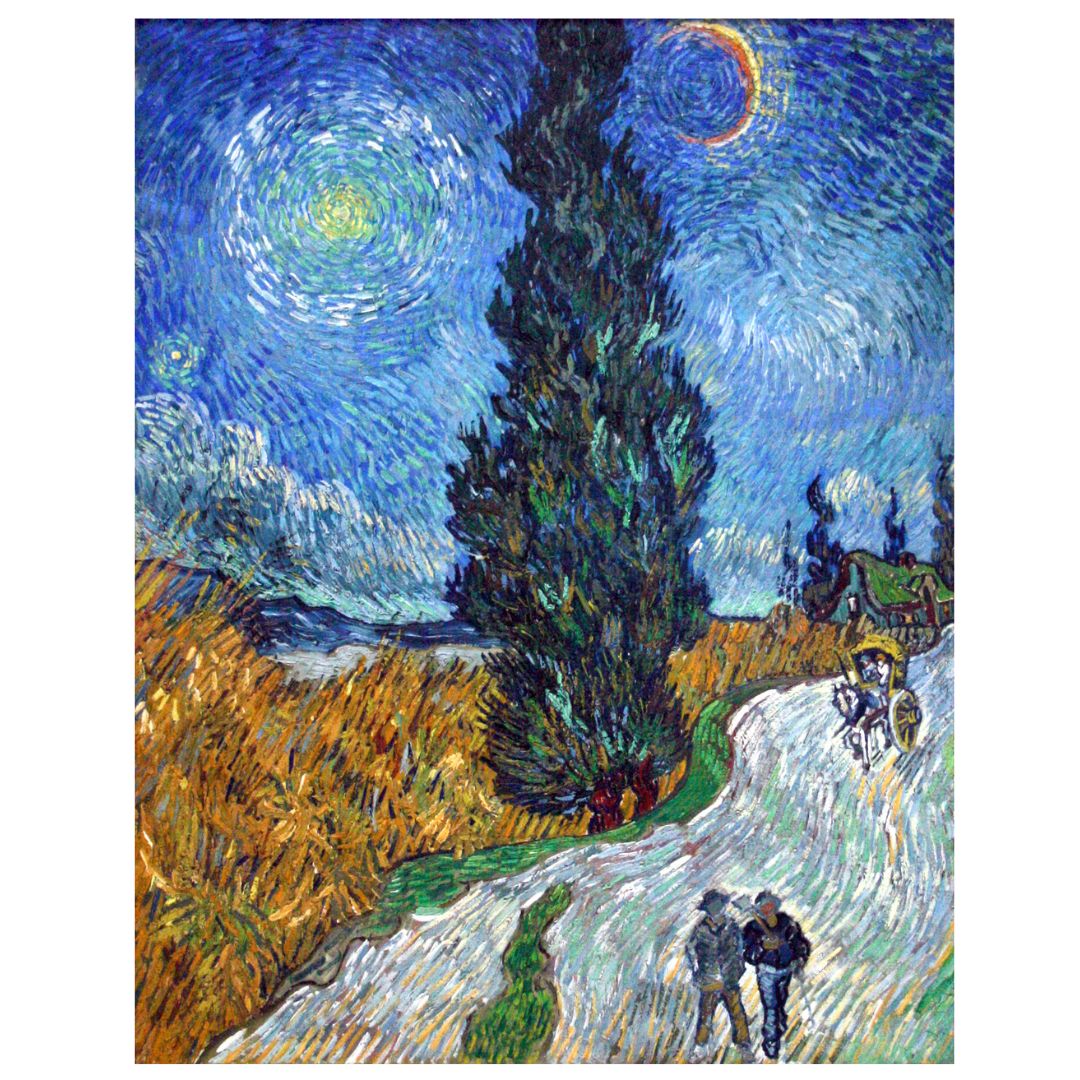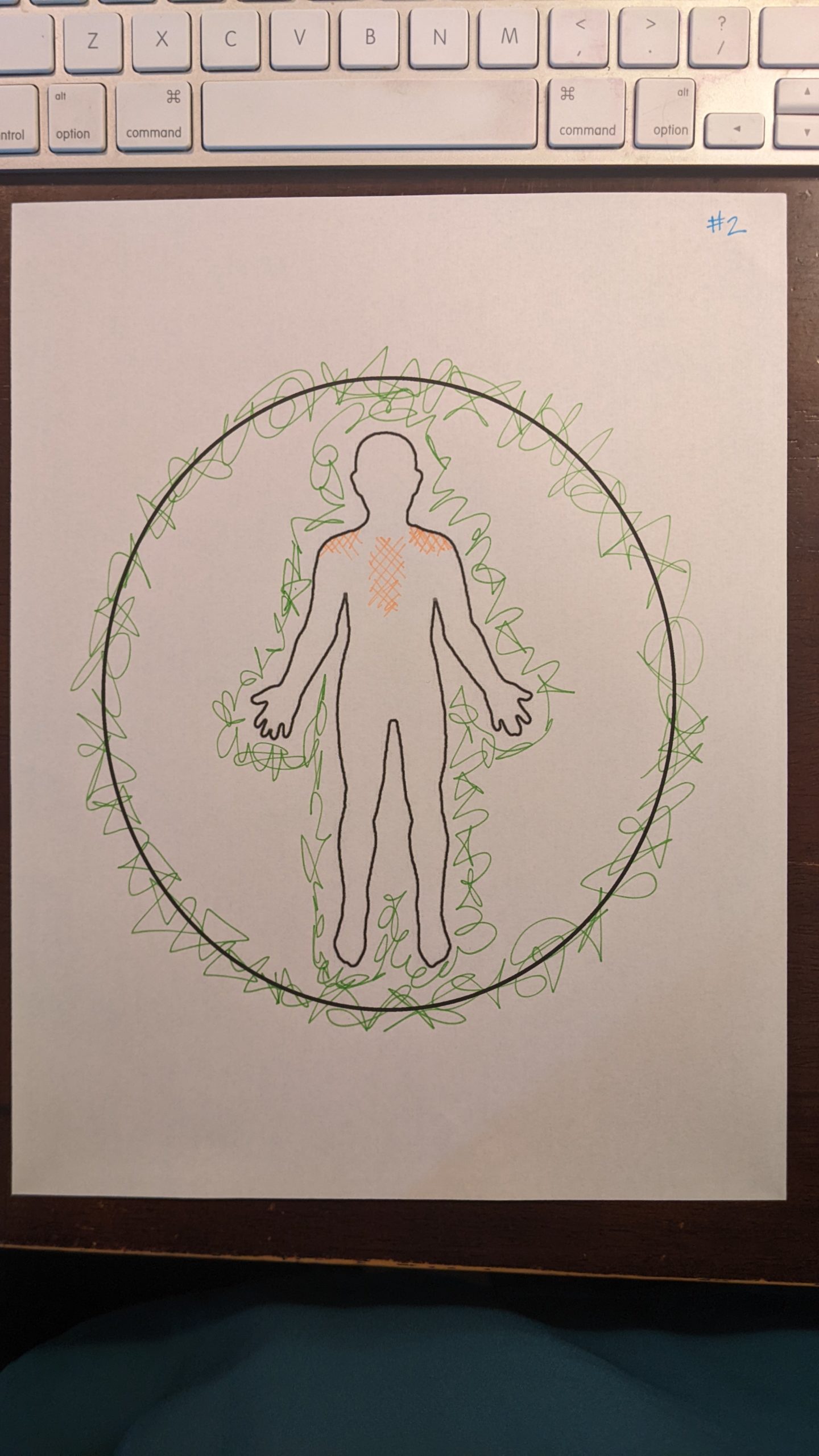
Are you under the impression that art therapy is solely for kids? Well, let’s dispel that myth right now. Art therapy is a versatile therapy that knows no age limits. Whether you’re young or old, struggling with mental health issues, or dealing with the challenges of dementia, art therapy holds significant benefits for everyone.
Let’s delve into why art therapy is not only beneficial but essential for older adults and individuals living with dementia.
1. Art therapy is incredibly adaptable. It meets people where they are, regardless of their age, abilities, or cognitive function. This adaptability makes it an accessible form of mental health support, reaching individuals in ways traditional talk therapy might not.
Take dementia, for example. Many assume that because individuals with dementia struggle to communicate verbally, traditional therapy methods won’t be effective, so therapy itself is useless. However, art therapy offers a pathway to connect with these individuals on a deeper level. Through creative expression, individuals with dementia can tap into memories and emotions, even when verbal communication is challenging.
2. Art therapy also provides cognitive stimulation, which is crucial for maintaining brain health in older adults and individuals with dementia. Engaging in artistic activities can trigger memories and stimulate parts of the brain that may otherwise lie dormant. This stimulation not only enhances cognitive function but also promotes emotional well-being and overall quality of life.
3. Art therapy fosters socialization and a sense of purpose, both of which are vital for older adults. Especially in the face of social isolation, which has become more prevalent due to the pandemic, art therapy offers a means of connection and engagement with others.
4. Art therapy helps individuals process and express their life experiences, even those with dementia. Through creative expression, unresolved emotions and memories can be explored and addressed, providing a sense of closure and peace.
5. Art therapy focuses on the individual beyond their diagnosis. Rather than defining someone solely by their dementia, art therapy honors their rich life history and personal identity. It’s about reclaiming that identity and celebrating the person beneath the diagnosis.
6. Let’s not forget about the physiological benefits of art therapy. Engaging in creative activities releases dopamine, the “feel-good” neurotransmitter, which can combat depression and enhance overall well-being.

Art therapy is a powerful tool that transcends age and diagnosis.
Its ability to reach individuals on a deep, meaningful level makes it invaluable for older adults and those living with dementia. So, if you thought art therapy was just for kids, think again. It’s for everyone, and its benefits are boundless.
Recent Comments